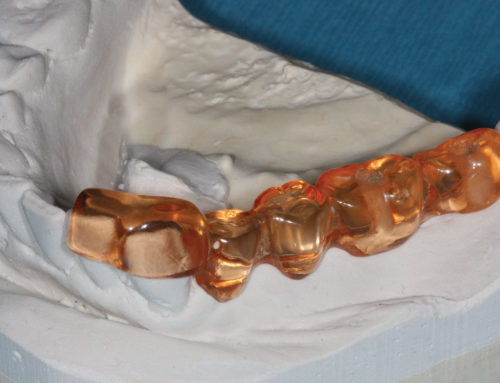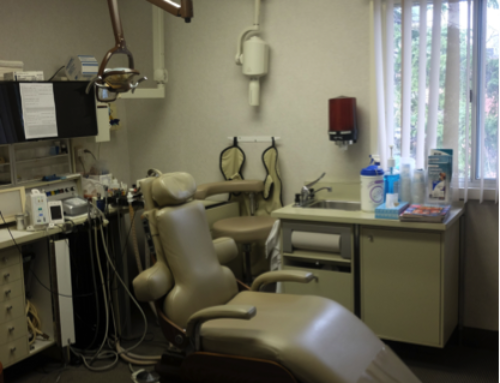
It is not unusual for a full-time endodontic practice to devote up to 80% of its time to the retreatment of failed cases handled initially by general practitioners.
A recent article in the Journal of Endodontics concluded the following sources of case failure noted during microscopic retreatment. The most common failure was due to leakage around the root canal filling material (30.4%). This was followed by a missing canal (19.7%), underfilling (14.2%), anatomical complexity (8.7%), overfilling (3.0%), iatrogenic problems (2.8%), apical calculus (1.8%), and cracks (1.2%).
It is inevitable that some degree of clinical misadventure will occur; however, to find that almost 20% of failures can be attributed to a missed canal leads to the conclusion that this result can be greatly reduced with thorough optimal preoperative planning. A clear under standing of root morphology and anatomy, combined with advanced tools such as digital radiographs and cone beam technology, must be used and relied upon to formulate a thorough pre-operative plan to thus aid in case selection.
Practitioners should use strategic guides to aid them in avoiding clinical shortcomings. It must be understood that not all teeth should be treated the same. Having only one technique for instrumentation and obturation is inadequate since root anatomy dictates technique, and obviously not all teeth share the same anatomy. Each clinician must also be honest about their personal degree of experience and skill prior to tackling a given endodontic case. It should never be forgotten that the best interest of the patient takes priority. Finally, several pre-operative case assessments, including all evident and potential difficulties and risk factors, must be performed prior to initiating treatment.
With comprehensive pre-operative case assessment, the overwhelming majority of failed cases can be better avoided. In addition, it should be stressed that the use of an operating microscope in non-surgical endodontic cases can make the prognosis more predictable and favourable. Ultimately, thorough case pre-assessment will encourage front-line clinicians to avoid future endodontic failure by not commencing treatment and instead refer their patient to an endodontist directly. It should never be forgotten that long-term clinical success and the patient’s best interests take precedence over all else.





